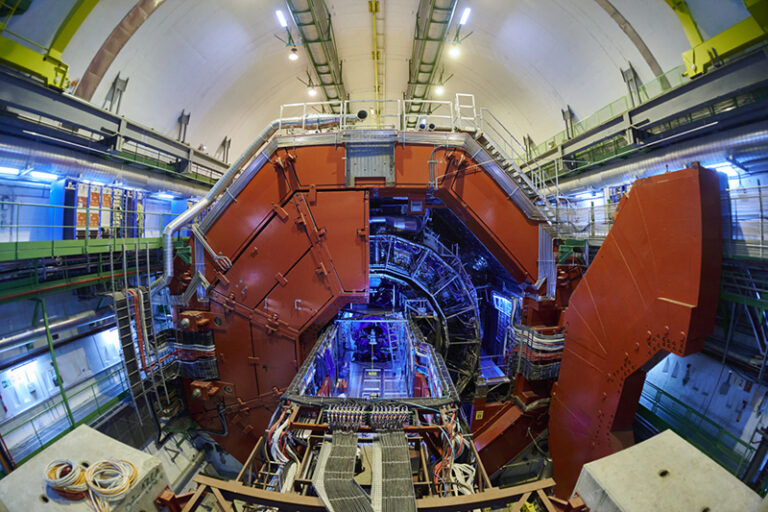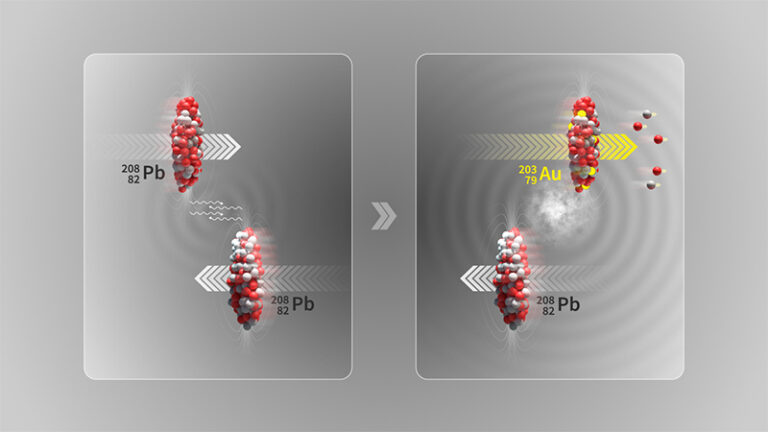
Turning Lead into Gold: The Real Alchemy at CERN
In the hushed corridors of CERN‘s sprawling complex near Geneva, a pursuit that once captivated medieval alchemists has found a modern scientific realization. Physicists using the ALICE (A Large Ion Collider Experiment) detector have observed the transformation of lead into gold. This transmutation, however, arises not from mystical incantations but from the elegant interplay of quantum mechanics and relativistic physics, as lead nuclei, accelerated to 99.999993 percent the speed of light, undergo near miss collisions.
The ALICE collaboration recently unveiled their findings in Physical Review Journals, offering a quantitative look at this extraordinary phenomenon occurring within the 27 kilometer ring of the Large Hadron Collider. Their research goes beyond scientific curiosity; it provides a profound demonstration of Einstein’s iconic equation, E equals mc squared, showcasing matter’s transformation under extreme conditions. “It is impressive to see that our detectors can handle head on collisions producing thousands of particles, while also being sensitive to collisions where only a few particles are produced at a time,” explains Marco Van Leeuwen, ALICE spokesperson. “This enables the study of electromagnetic nuclear transmutation processes.”
The transformation is a result of electromagnetic dissociation. When lead nuclei, each containing 82 protons, narrowly avoid direct impact at relativistic speeds, they generate incredibly intense electromagnetic fields. These fields are compressed into ultra thin, pancake like waves, producing photon pulses powerful enough to eject three protons from a lead nucleus—transmuting it into gold, which contains 79 protons.
Utilizing zero degree calorimeters, the ALICE team measured these interactions with remarkable precision. Their data indicate that during a single second of operation, approximately 89,000 gold nuclei materialize at the ALICE collision point. These newly formed gold nuclei exist in their transmuted state for mere fractions of a second before fragmenting into subatomic particles upon contact with the accelerator’s infrastructure.

Calculations reveal that during the LHC’s Run Two, from 2015 to 2018, about 86 billion gold nuclei were created across CERN’s four major experiments. This equates to approximately 29 picograms of gold. Even with the doubled production anticipated during Run Three, the total mass remains trillions of times smaller than what would be needed for even the most diminutive piece of jewelry. “Thanks to the unique capabilities of the ALICE calorimeters, the present analysis is the first to systematically detect and analyze the signature of gold production at the LHC experimentally,” notes Uliana Dmitrieva of the ALICE collaboration.
Beyond the poetic symmetry with alchemical ambitions, these findings also have practical applications for understanding beam losses in particle accelerators, a critical factor limiting performance in both current and future colliders. As John Jowett of ALICE points out, “The results also test and improve theoretical models of electromagnetic dissociation which, beyond their intrinsic physics interest, are used to understand and predict beam losses.”
What medieval alchemists sought through mysticism and rudimentary chemistry, modern physicists have achieved through a fundamental comprehension of quantum interactions. Though the quantities produced will never enrich anyone in a material sense, the scientific gold of knowledge extracted from these experiments may prove far more valuable than any precious metal.
